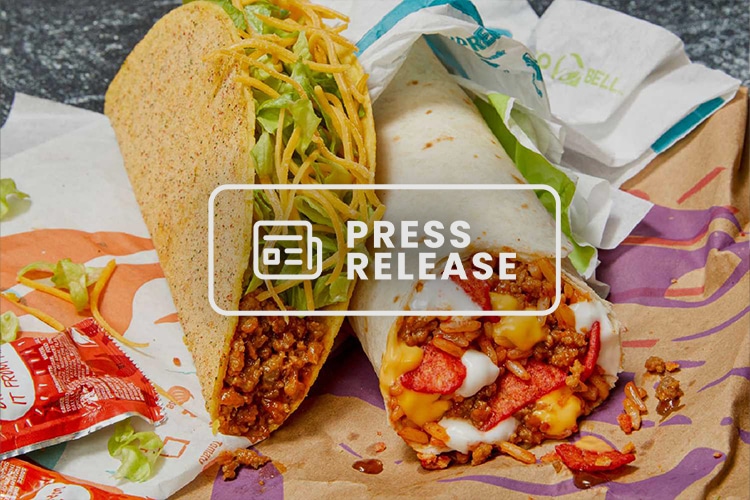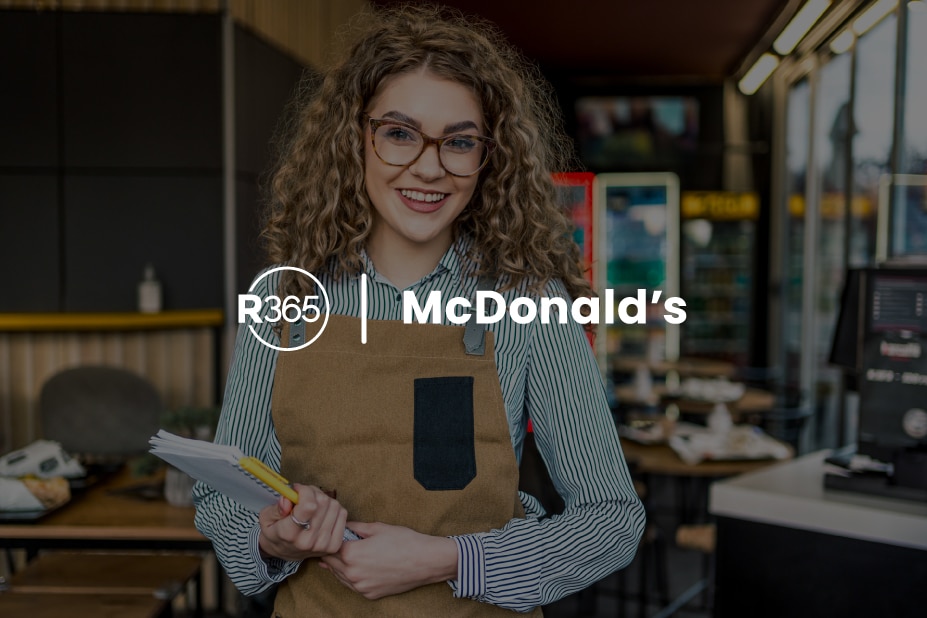The restaurant industry has proven itself as a pillar of resiliency in recent years, and unfortunately, it looks like more’s needed.
More than half of the nearly 600 restaurant companies polled for Restaurant365’s annual State of the Industry Survey said recruiting and retaining staff was their top challenge in 2022, while just over 50% said that recruiting and retaining or labor costs would be 2023’s highest hurdle. So far, the numbers match the sentiment. Average weekly wages in New York rose from $572 in the second quarter of 2021 to $631 during the same quarter the following year, according to the latest available U.S. Bureau of Labor Statistics data. Similarly, restaurant powerhouses Florida and Texas saw wages climb from $501 to $550 and $433 to $438, respectively.
Meanwhile, pending legislation in California may increase the minimum hourly wage of fast food workers in the state to $22 an hour, and similar measures could be introduced in New York and Michigan, according to CNBC.
With continually rising labor costs alongside other concerns like turnover, ongoing unionization efforts, as well as a drastically changed and still-evolving macroeconomic situation, restaurants must use every knife in the roll to control labor costs to prevent dwindling margins, profits, and sputtering growth. Yet the rising cost of labor and recruitment and retention challenges are also an opportunity for restaurants to reinvent how they manage these core business functions. In doing so, they can position themselves for long-term growth with sharper cost management and a staffing strategy that drives loyalty and employee growth.
Get the Data
Step one is ensuring operators and location managers have complete, real-time visibility into all labor costs and metrics. The first piece is integrating a restaurant-specific accounting platform with a point-of-sale (POS) system to track labor punches and sales. With this critical connection and the ability to poll labor costs and sales figures in real-time, managers can eliminate staffing guesswork to pair optimal staff levels to sales. Accounting teams can take cost control a step further with the ability to quickly analyze the data and produce a variety of forward and backward-looking reports to guide future success. These include:
Sales Per Labor Hour (SPLH)
This is a key indicator of labor productivity that tracks which service times are the most profitable and which need improvement.
Labor Actual versus Theoretical (Avt) Analysis
Like your AvT food cost report, your labor AvT analysis identifies any unexpected labor cost variance. If there’s a significant variance, you can drill down into the data, like the job titles, dates, and employee names to identify and correct any issues.
Customers Served Per Labor Hour
This metric may shift by part of the day or day of the week but having a customers-served goal can help identify under or over-staffing, helping maximize labor allocation.
Labor Cost Per Staff Role
Examine labor cost by staff roles for even deeper insight into your labor costs. Categorize front-of-house (FOH) staff, back-of-house (BOH) staff, management, and hourly or salaried staff to get a detailed picture. Then, you can create custom strategies for optimizing your labor cost in each area of your restaurant.
Sales Per Server Hour
Sales per server hour illustrates your servers’ efficiency. If there’s room for improvement, consider store-level training, such as a refresher course on upselling. Training servers on suggesting food and drink pairings can help maximize sales.
Overtime Warning
Flag potential overtime and notify managers about employees that have hit overtime. Restaurants can control labor costs by setting overtime goals and holding store-level managers accountable.
Automate to Save and Improve
While most of the buzz about restaurant automation has been around robots — and as much as we love robot-crisped French fries and drinks magically appearing tableside by a real-life R2-D2 — back-office function automation can be just as powerful and cost-saving.
With a fully integrated, end-to-end restaurant management system, restaurants can, firstly, automate the creation and distribution of many of the previously mentioned reports. How much could your restaurant company save on labor if all of your store managers automatically received an overtime report at each week or period’s end?
Automating accounting functions also frees those vital yet often lean teams of data entry and management and empowers them to become advisors to the business.
When accountants no longer need to spend untold hours on intercompany transactions, bank reconciliation, or downloading, merging, reviewing, and uploading data to various systems, they can point their detail-oriented eyes at the big picture and find ways to boost the bottom and top lines.
Rethink the Menu
A larger, more complex menu means more staff. The combination of rising food costs, unreliable product availability, climbing labor costs, and limited staff availability means that dishes and menus once offered without a second thought are either under review or a thing of the past. Some restaurant owners have even halved their menus to deal with this new reality.
Cross-Train to Win
While cross-training can help restaurant operators manage labor costs by ensuring efficiency, cross-training has a variety of softer, short-term benefits that pay off in the long run. First, cross-training can drive retention. When staff either receives or sees that your restaurant company offers the ability to learn and grow into new, and potentially more lucrative, areas of the business, working at your restaurant business shifts from just a job into a career. Soon, your in-store teams become your greatest recruiters and champions of your culture. Retention rises and turnover falls, saving significant, labor-cost-related sums on all time horizons (more on that next). Finally, cross-training truly invests in the next generation of your restaurant company’s leaders. These leaders, with existing personal relationships with the rest of the staff and deep institutional knowledge, can outperform even those with more experience thanks to their deep understanding of your operations, customers, and culture.
Block and Tackle Turnover
Employee churn, according to the Cornell Hospitality Report from Cornell University’s Center for Hospitality Research, costs restaurants $5,864 on average. That number could be as low as $2,604 but could climb as high as $14,019. Multiply that a few times and combine it with the potential business lost due to too many open positions, and the need for a fully formed retention strategy becomes even more apparent.
It’s essential to tackle retention with a fully formed strategy. This should first include organizing your restaurant company in a way that champions employee advancement, allowing you to promote your opportunities not as a job but as a career opportunity. Secondly, in an environment with fast-rising labor costs, restaurant operators must keep an eye on industry trends and averages to ensure their compensation packages are competitive or to know if they need to be adjusted.
Conclusion
While the broader economic forces putting restaurants’ labor strategies in a bind seem unlikely to subside in the coming year, they can still do plenty to ensure guests receive quality service without sacrificing profitability or growth. By implementing a strategy that starts with intelligent, integrated technology and stretches to how restaurants reach out to various groups of potential applicants, restaurants can minimize headwinds, continue growing, and prove their resiliency for years to come.



